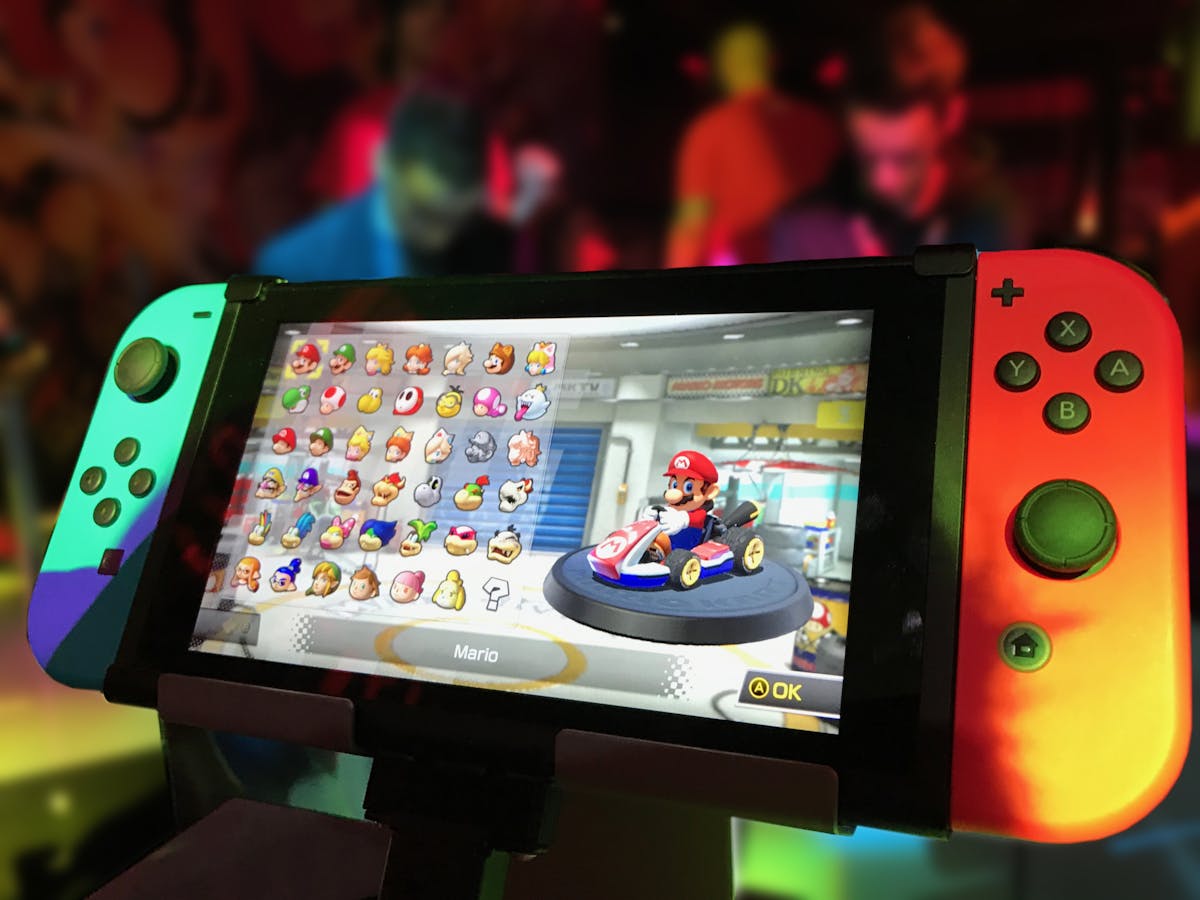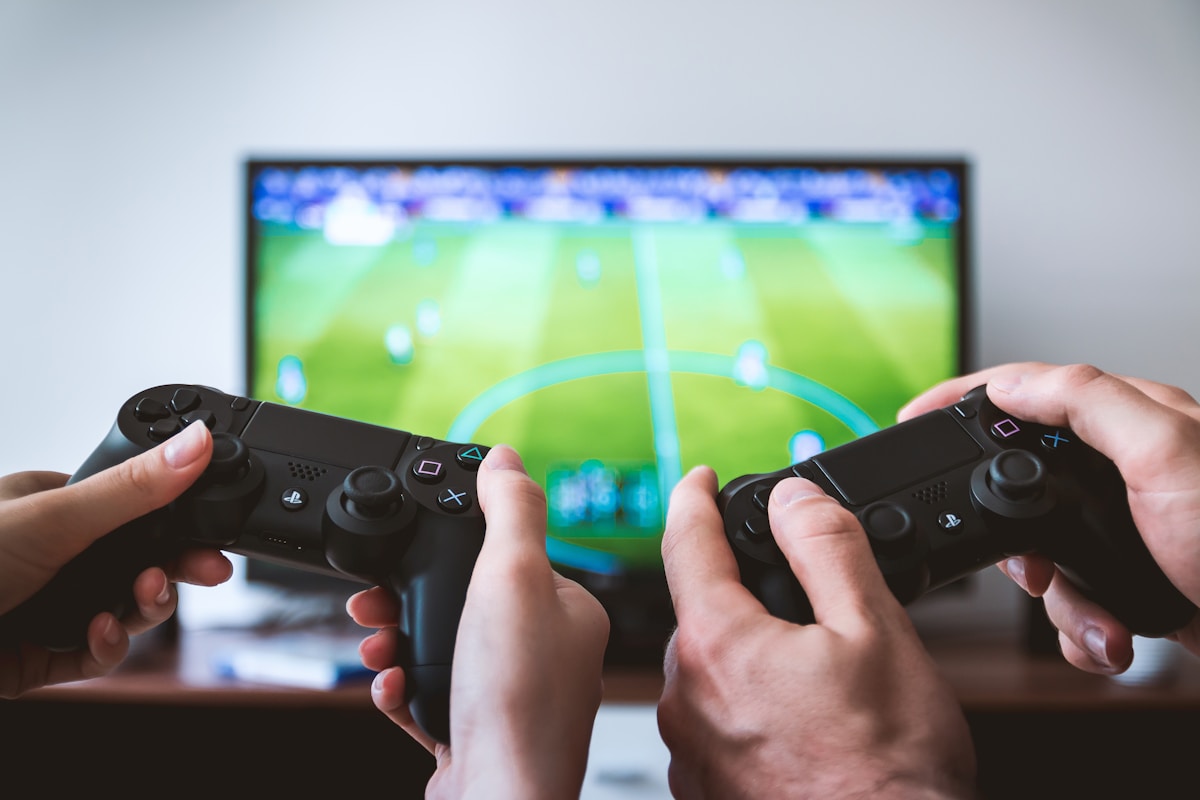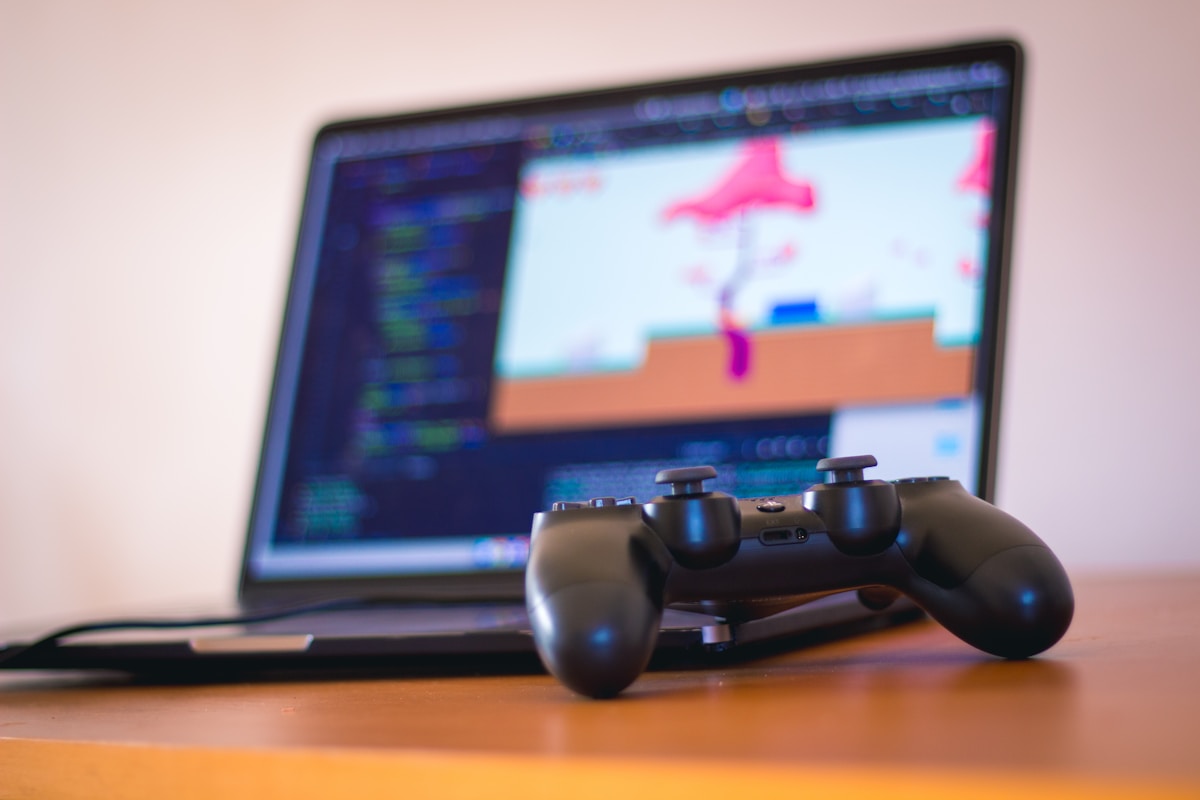Tokyo-based developer Edia just secured a licensing deal with Takara Tomy to bring the first three Battle Arena Toshinden games to modern platforms. For anyone who grew up with the original PlayStation, this announcement is a direct hit to the nostalgia center. The trilogy that helped define early 3D fighting games is coming back between 2026 and 2027, complete with modern conveniences that go beyond simple emulation.
Battle Arena Toshinden holds a special place in gaming history, not because it was the best fighting game, but because it was there at the beginning. Released in Japan on January 9, 1995, just weeks after the PlayStation launched, it served as a launch title internationally and showed what Sony’s new console could do with 3D graphics. The series just celebrated its 30th anniversary in January 2025, making this port announcement perfectly timed for longtime fans.
The PS1 Launch Fighter That Competed With Giants
When Battle Arena Toshinden hit store shelves in 1995, it was marketed by Sony’s American division as a “Saturn killer,” directly challenging Sega’s Virtua Fighter. The game featured eight anime-style characters designed by Tsukasa Kotobuki, each wielding unique weapons in fully 3D arenas. What made it special for the time was the sidestep mechanic, allowing players to dodge into the foreground and background, creating what many considered the first “true 3D” fighting game experience.
The graphics were revolutionary for home consoles. Gouraud shading, textured polygons, shadow effects, and transparency techniques made the game look incredible compared to what came before. Gaming magazines went wild. Battle Arena Toshinden was even awarded Best Fighting Game of 1995 by some publications, with certain reviewers calling it one of the best games ever made at the time.

The Reality Behind The Hype
Here’s the truth that time has made clear. Battle Arena Toshinden was impressive visually for 1995, but the gameplay was shallow compared to what came next. By March 1995, when Namco’s Tekken arrived on PlayStation, Toshinden already looked antiquated in terms of mechanics and depth. When Tekken 2 dropped, it wasn’t even a competition anymore. The weapons-based concept would later be perfected by games like Soul Edge and its sequel SoulCalibur.
The character models were blocky and disproportional even by mid-90s standards. The texture quality was rough, backgrounds were blurry, and the combat system relied too heavily on a few special moves rather than deep mechanics. Critics who revisited the game years later were much harsher than those caught up in the early 3D hype. Still, for millions of PS1 owners who got the game bundled with their console or picked it up at launch, it represented their first taste of 3D fighting.
Why The Trilogy Matters
Battle Arena Toshinden spawned two PlayStation sequels that released remarkably fast. Battle Arena Toshinden 2 hit arcades in November 1995 and PlayStation in December 1995, less than a year after the original. Battle Arena Toshinden 3 followed on December 27, 1996. All three titles released within just two years, showing how quickly developers were iterating on the formula.
Fans generally agree that Toshinden 2 is the most polished entry in terms of gameplay balance and mechanics. Toshinden 3 gets love for its massive character roster and extensive unlockables, with players spending late nights unlocking every fighter. Each character had an unlockable alternate version when you completed arcade mode with them, essentially doubling the roster even if many were similar movesets.
The series also expanded beyond games. Battle Arena Toshinden received manga and anime adaptations, cementing its cultural impact during the mid-90s fighting game boom. The soundtrack, particularly from the first game, became iconic enough that fans are now requesting vinyl releases.
What Edia Brings To The Table
Edia isn’t just dumping ROMs onto modern storefronts. The company has built a solid reputation for porting retro games with care, adding quality-of-life improvements and modern conveniences while maintaining the original experience. They’ve specifically stated they want to create “more than simple ports” that can be enjoyed by many fans, not just hardcore collectors.
While specific platform announcements haven’t been made yet, the wording points to PS5, Xbox Series X/S, Nintendo Switch, and PC as likely targets. Push Square notes that PS5 is almost certainly included given the series’ PlayStation heritage. This will be separate from Sony’s own emulation efforts for classic games.
The company has also shown willingness to include supplementary materials with their releases. Fans are hoping for extras like concept art, the manga adaptations, anime episodes, and other bonus content that would make these more than bare-bones emulation packages.
Release Window And Expectations
Edia has committed to releasing the trilogy somewhere between fiscal year 2026 and 2027. That’s a fairly wide window, but it gives them time to properly develop these ports rather than rushing them out. The company says they’ll announce further details about the product lineup as decisions are finalized, including whether the games will be sold individually or bundled as a collection.
That last point is crucial. Fans on Reddit and gaming forums are actively questioning whether Edia will compile all three games into one package or try selling them separately. The answer to that question will significantly impact whether casual fans pick this up or if it remains a product purely for nostalgic collectors.
Nostalgia Versus Reality
The Reddit announcement thread reveals what many longtime fans already suspect. These games haven’t aged particularly well compared to other PS1 fighters. Multiple commenters admit they have fond memories but aren’t sure actually playing them again will match those rose-tinted recollections.
One user summed it up perfectly, saying they adored these games during childhood but admitted they haven’t aged the best when stacked against other fighting games from the PS1 era. Another expressed suspicion that experiencing these games now will be completely different from the memories they hold.
That’s not necessarily a bad thing. Sometimes revisiting old favorites is about appreciating what they represented at the time rather than expecting them to hold up mechanically against modern standards. Battle Arena Toshinden was many players’ first glimpse of 3D fighting on home consoles. It showed that the future of gaming wasn’t just polygons, it was full 3D arenas where you could move in ways 2D fighters never allowed.
Frequently Asked Questions
When will Battle Arena Toshinden release on modern platforms?
Edia plans to release the trilogy between fiscal years 2026 and 2027. Specific launch dates haven’t been announced yet, but development is underway.
Which Battle Arena Toshinden games are being ported?
The licensing deal covers Battle Arena Toshinden, Battle Arena Toshinden 2, and Battle Arena Toshinden 3. The fourth game, which released only in Japan and Europe, is not included in this announcement.
What platforms will get Battle Arena Toshinden?
Edia hasn’t confirmed specific platforms yet, but they’ve mentioned modern consoles. This almost certainly includes PS5, and likely Xbox Series X/S, Nintendo Switch, and PC. Official platform announcements will come later.
Will the games be sold separately or as a collection?
Edia hasn’t specified whether this will be a trilogy collection or individual releases. Fans are hoping for a bundled package rather than separate purchases, but that decision hasn’t been announced.
What makes Battle Arena Toshinden historically significant?
It was one of the first 3D fighting games with weapon-based combat and the sidestep mechanic. As a PlayStation launch title internationally, it helped define early 3D gaming and introduced many players to polygonal fighters before Tekken dominated the genre.
Are these just basic emulation ports?
No. Edia has stated they’re using their retro game porting expertise to create products beyond simple ports. Expect modern conveniences, quality-of-life improvements, and potentially bonus content like artwork or supplementary materials.
Why did Battle Arena Toshinden fall behind Tekken?
Despite impressive early visuals, Toshinden had shallow gameplay mechanics compared to Tekken’s deeper combat systems. When Tekken 2 launched, it surpassed Toshinden in both graphics and gameplay, ultimately overshadowing the series completely.
Final Thoughts
Battle Arena Toshinden returning to modern platforms won’t change fighting game history or suddenly make it competitive with SoulCalibur or Tekken. What it will do is give a generation of gamers the chance to revisit or discover the series that helped launch 3D fighting on home consoles. These games are time capsules from an era when developers were figuring out how polygons worked and what 3D combat could be.
The blocky characters, rough textures, and unbalanced movesets are part of the charm now. They represent a specific moment in gaming history when everyone was experimenting, when graphics alone could sell a game, and when the PlayStation was proving it could compete with arcade hardware. For players who spent hours unlocking every character in Toshinden 3 or memorizing special move inputs in Toshinden 2, this announcement is a chance to revisit a piece of their gaming childhood.
Whether these ports will appeal beyond nostalgic collectors depends entirely on how Edia packages them and what extras they include. A budget-priced trilogy collection with bonus materials, online play, and modern features could attract curious newcomers. Individual releases at premium prices will likely remain niche products for hardcore fans only. Either way, Battle Arena Toshinden is getting another chance to remind everyone that before Tekken ruled the PlayStation, there was a weapon-based fighter with anime characters that made millions of gamers believe 3D was the future.

